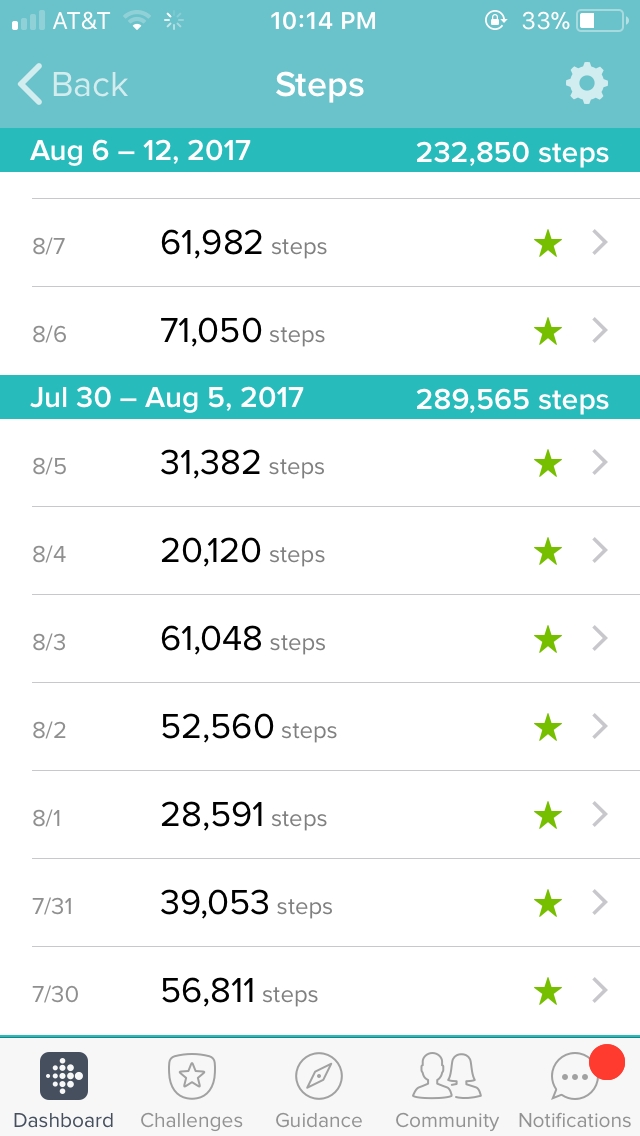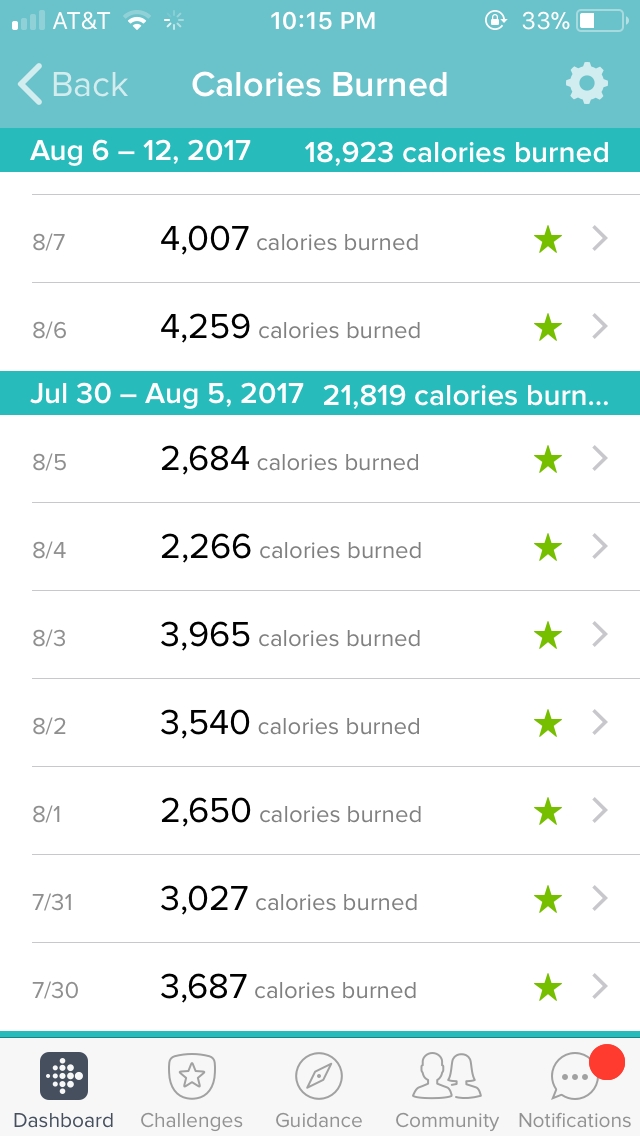What’s in My Pack? The Electronics Edition
Here are all the electronics I’m taking on the PCT. Phone not pictured.
Petzl Zipka headlamp
2.3 oz* (including batteries)
This thing stays surprisingly stable on your head considering it’s only attached by a thin wire. It can also be easily attached to different objects such as a wrist or a trekking pole. Has a red light function. It’s one of the most lightweight and compact options out there. The only con is that there’s no way to tilt down the beam. Worries: going through lots of batteries or running out of juice between town stops.
iPhone SE
4.7 oz (including case and screen protector)
Recently upgraded from my 5S that I owned for more than four years for the better camera and more storage. I got a simple bumper case and screen protector. I bought this phone instead of one of the newer models because I can’t stand phablets but it happens to be a great option for backpacking — it’s lighter than newer iPhones and I can get a few more charges out of my external battery pack than I would with a larger phone.
iPhone charging wire
0.6 oz
Fitbit Alta HR
0.9 oz
I know Fitbits were invented to force people who work desk jobs to walk more but I’ve been wearing a Fitbit for about three years now and it’s fun to get unreal amounts of steps when hiking. It’ll also give me a decent estimate of how many calories I’m burning so I make sure I’m purchasing and eating enough. I plan to set it to vibrate when I reach my daily mileage goal for getting me to Canada on time. A full charge lasts five days so I’m not running down too much power bank juice to keep it charged. Doubles as a wristwatch.
Fitbit charging wire
0.5 oz
Anker PowerCore 20,100
12.7 oz
This thing is a brick but it allows me to use my phone as my main navigation tool, camera, journal, library, and music player. The only downside is that it takes for-ev-er to charge, as in overnight. But it will charge my iPhone SE about eight times, which is more than I need when I keep my phone in airplane mode most of the day. Anytime I pop into town I can charge it for as long as possible and it should hold me over until my next zero. At 12.66 ounces it also makes a handy hammer for my tent stakes. 😉
My ideal power bank would be about 15,000mAh and have a quick charge in capability so I can fully recharge with a few hours in town. A built-in iPhone charging wire like this would also be nice. So far I haven’t been able to find a power bank with all these features. The one I’m carrying seems like overkill but the RAVPower bank linked to above is a bit too small in capacity. Recommendations welcome on this one.
This website will tell you how many charges a power bank will give your particular device.
Anker charger wire
0.5 oz
Cheap-ass headphones
0.4 oz
Zpacks Phone Zip Pouch
0.5 oz
This pouch is waterproof but I’ll probably keep it in a zipper bag for added protection. This is also where I’ll store my trail wallet (ID, cards, permits). Keeping all my wires and electronics together makes it convenient for when I go to town and need to charge things while I’m eating and such.
Wall to USB charger with two ports
1.5 oz
I can leave town with my phone fully charged and more juice in my power bank without having to hog two outlets. The metal prongs fold down for compact storage.
Peep my LighterPack here and keep an eye out for the rest of my gear posts.
*All weight has been rounded to the nearest tenth of an ounce.
This website contains affiliate links, which means The Trek may receive a percentage of any product or service you purchase using the links in the articles or advertisements. The buyer pays the same price as they would otherwise, and your purchase helps to support The Trek's ongoing goal to serve you quality backpacking advice and information. Thanks for your support!
To learn more, please visit the About This Site page.





Comments 4
Hey there, another great share. But I wanted to share a couple of tips about your Anker, that I looked into while putting mine together. Battery packs and chargers are like a “system”, and need to be paired to get the max benefit. The batteries are only about 70% efficient, meaning that while you have a 20,000 battery, it’s less than 14,000 usable(due to internal inefficiencies). Also, slow charging rates, like “for-ev-er” may be due to that little wall charger in your pic. If you upgraded to one of the larger Anker chargers you will probably see your charge time drop to about half (so Anker says on their website). Also, Anker has a PowerCore Speed 20000 system that will fully charge that big battery in 4 hours. So on those short stops, you could fully top off quickly. And while it has only one port, on the charger, you could charge all your devices individually in 6-8 hours possibly. The newest Anker products support PowerIQ(PIQ) 2.0 which means the charge times are much faster. Hope the information was useful for you!! -jim
Thanks for the info Jim. Honestly, I haven’t done as much research on my electronics as I did my other gear. It can be confusing. I’m experimenting with another battery (RavPower) which has a quick charge in port but I discovered, like you said, that you also need a wall charger and wire that’s compatible with the quick charge function. The way you describe it as a “system” is a good way to put it. ?
PowerCore Speed 20000 PD
The RavPower quick charges in a couple hours. That is why I did not go with Anker.